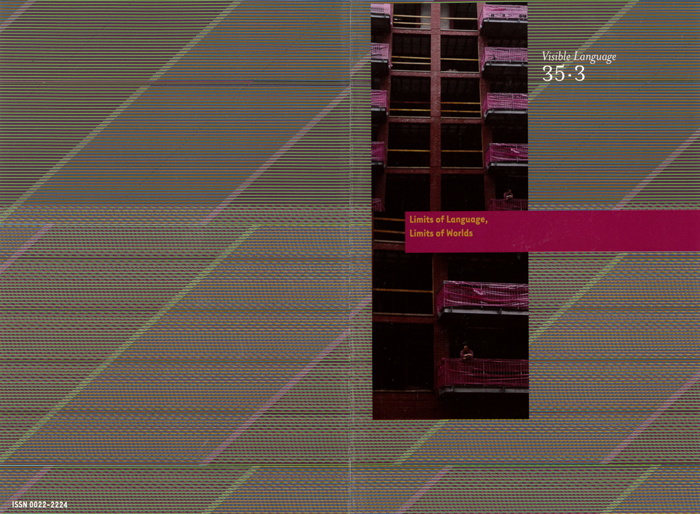Some Things That Pictures are Good For: An Information Processing Perspective
Abstract
Our visual experience of the world is extremely limited in scope both spatially and temporally. This is due to extreme restrictions on our visual attention, our region of high resolution within the field of view and our visual short-term memory, as shown by research on visual perception and memory. However, we have developed very efficient ways of dealing with these limitations. One biologically based scheme is to make rapid eye movements around our visual environment several times per second. This allows us to attend to items in our visual environment serially that we could not attend to simultaneously, and allows us to refresh our leaky visual short-term memories at the same time. A second entirely human invention is to make and view pictures. Pictures have a great capacity for allowing us to direct a person's attention to things they might not have noticed. Pictures also allow us the time to carefully explore visual information by attending to details that otherwise might have disappeared in our ever-changing world. Likewise, because pictures can hold information in a stable form, we don't have to use our limited visual short-term memories to hold onto their contents. Instead, we have the potential to repeatedly look back at any detail whenever the need arises in order to more deeply process its contents without loss of information due to the image changing. In this way, pictures facilitate our contemplation of visual information. Of course, pictures do not remove the inherent limitations on our visual attention, resolution and short-term memory, as clearly shown in the pictorial demonstrations contained in this article. However, pictures do extend our abilities to deal with these limitations in ways that greatly enrich our visual experience.Downloads
Published
2001-11-01
Issue
Section
Journal Article

